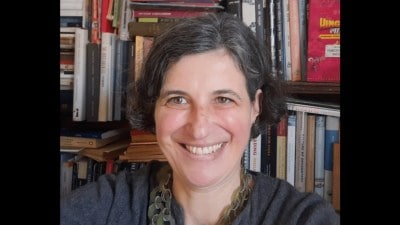Stay updated with the latest - Click here to follow us on Instagram
TALE SPIN
Usually story ideas come to me and I use them. But in this case,I heard the story from Kunal with whom I was collaborating for another story and was bowled over.
The stories of Aparna Sens films evolve over storytelling sessions with friends
The stories of all your earlier films have been your own. Why did you decide to collaborate with Kunal Basu for The Japanese Wife?
Usually story ideas come to me and I use them. But in this case,I heard the story from Kunal with whom I was collaborating for another story and was bowled over. The whole proposition that an arithmetic teacher,Snehamoy,from the Sunderbans is married over letters to a Japanese woman whom he has never met is utterly absurd,unusual and charming. The two however remain true to each other. This is one of my funnier films since humour is inherent in the situation. I was bored with portraying everyday reality on screen and I look at The Japanese Wife as a modern fairytale.
What changes did you have to make to the text in order to adapt it to a screenplay?
In this case there were no changes. Kunal had left most seeds or hints in the story and I fleshed them out. His lines were economical and there was a certain minimalism in his story which gave it the hues of delicate Japanese water colours,which I wanted in my film too,so it would feel like a Japanese painting. For example,throughout the story,he refers to Raima Sens character as the widow because to Snehamoy,she is almost invisible. I fleshed out the character but that reference gave me clues as to how she should be on screen.
How do you choose the subjects of your films?
Imagination,certain gestures,a look. Then I tell the story to my friends,my mom when she was alive,and the details grow during the storytelling. They act as sounding boards and give spontaneous feedback. Based on the way they react,I work on the characters and the story.
Does the fact that you were an actress help in direction?
Immensely. As an actress,I got the opportunity to observe the filmmaking process closely and for longer than most assistant directors do. I frequently helped directors rewrite scenes that were not working out or helped them with art on the sets. I did all this because I enjoy all aspects of filmmaking. Today,I dont write dialogues that the actors will have a problem saying or business that they will have a problem doing. On the sets,I know what exactly their problems are. In such cases,I can demonstrate and explain to them the motivation.
Having been a successful actress,was the transition to direction tough?
Transition was tough in the minds of people only. I was always confident. People considered me a glamorous girl and initially didnt take me seriously,but they began to after my first film released. I remember a director once told me: Oh,you are making a film. Whose story and script is it? When I told him both are mine,he remarked: You are very brave. I smiled and didnt say much. After the film released,he expressed concern to a friend,saying: She is good. How will we direct her in future; she will laugh at us. So my friend told them that I am still the same person and if I laugh now,I was probably laughing earlier too.







